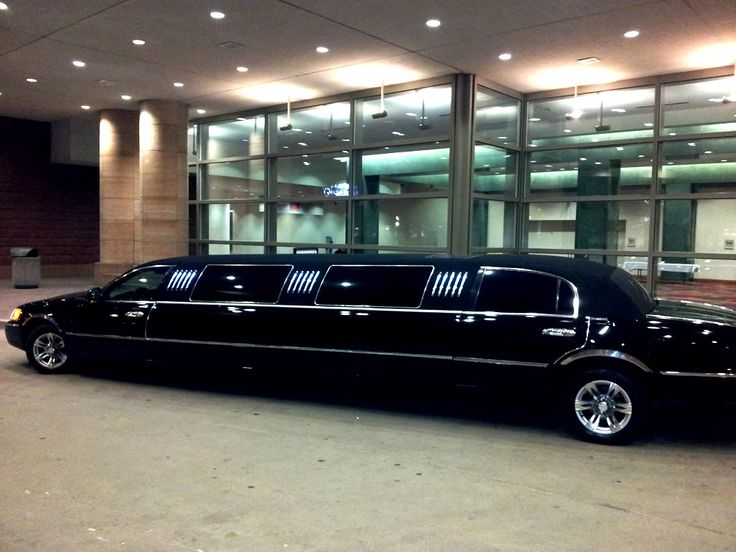“Unlock Your Adventure: A Step-by-Step Guide to Securing Your Tourist Visa for Top Destinations!”
Introduction
Obtaining a tourist visa is a crucial step for travelers planning to explore popular destinations around the world. Each country has its own visa requirements and application processes, which can vary significantly based on nationality, purpose of travel, and duration of stay. This guide will provide essential information on how to navigate the visa application process for some of the most sought-after tourist spots, including necessary documentation, application procedures, and tips for a successful application. Whether you’re dreaming of the Eiffel Tower in Paris, the beaches of Bali, or the bustling streets of Tokyo, understanding the visa requirements will help ensure a smooth and enjoyable travel experience.
Steps to Obtain a Tourist Visa for Europe
Obtaining a tourist visa for Europe can be a straightforward process if one is well-informed and prepared. The first step in this journey is to determine the specific visa type required for the country or countries you plan to visit. Most travelers to Europe will need a Schengen visa, which allows entry into 26 European countries for short stays of up to 90 days within a 180-day period. It is essential to check the specific requirements of the country you intend to enter first, as each nation may have its own regulations and documentation requirements.
Once you have identified the appropriate visa type, the next step is to gather the necessary documentation. Typically, this includes a valid passport, which should be valid for at least three months beyond your planned departure date from the Schengen area. Additionally, it is crucial to ensure that your passport has been issued within the last ten years and contains at least two blank pages for visa stamps. Alongside your passport, you will need to provide a completed visa application form, which can usually be downloaded from the consulate or embassy website of the country you are visiting.
In addition to the application form, you will also need to prepare several supporting documents. These often include recent passport-sized photographs that meet specific requirements, proof of travel insurance covering medical expenses up to €30,000, and evidence of accommodation arrangements, such as hotel bookings or an invitation letter from a host. Furthermore, it is advisable to include proof of sufficient financial means to support your stay, which can be demonstrated through bank statements or pay slips.
After gathering all the required documents, the next step is to schedule an appointment at the relevant consulate or embassy. It is important to do this well in advance of your intended travel dates, as processing times can vary significantly. During your appointment, you will submit your application and supporting documents, and you may also be required to pay a visa fee, which is generally non-refundable. The fee can vary depending on the country and the type of visa, so it is prudent to check the specific amount beforehand.
Following the submission of your application, the processing time can take anywhere from a few days to several weeks, depending on the consulate’s workload and the time of year. During this period, it is advisable to refrain from making any non-refundable travel arrangements until your visa has been approved. Once your application has been processed, you will be notified of the outcome, and if approved, your visa will be affixed to your passport.
In the event that your application is denied, you will receive a letter explaining the reasons for the refusal. It is essential to review this information carefully, as it may provide guidance on how to address any issues should you choose to reapply. Overall, while the process of obtaining a tourist visa for Europe may seem daunting, careful preparation and attention to detail can significantly enhance your chances of a successful application. By following these steps and ensuring that all documentation is complete and accurate, you can look forward to exploring the rich cultural heritage and diverse landscapes that Europe has to offer.
Essential Documents for a Tourist Visa to the USA
Obtaining a tourist visa for the United States can be a complex process, but understanding the essential documents required can significantly streamline your application. The most common visa for tourism purposes is the B-2 visa, which allows foreign nationals to visit the U.S. for leisure, medical treatment, or to visit family and friends. To begin the application process, it is crucial to gather the necessary documentation that demonstrates your eligibility and intent to return to your home country after your visit.
First and foremost, a valid passport is the cornerstone of your application. Your passport must be valid for at least six months beyond your intended stay in the United States. This requirement ensures that you have sufficient time to complete your visit without facing issues related to passport validity. Additionally, it is advisable to have at least one blank page in your passport for the visa stamp.
Once you have your passport in order, the next essential document is the completed Form DS-160, the Online Nonimmigrant Visa Application. This form requires detailed information about your travel plans, personal background, and the purpose of your visit. It is imperative to answer all questions accurately and honestly, as any discrepancies can lead to delays or denials. After submitting the form, you will receive a confirmation page, which you must print and bring to your visa interview.
In conjunction with the DS-160, you will need to pay the non-refundable visa application fee. This fee varies depending on your nationality and the type of visa you are applying for. It is important to keep the receipt of this payment, as you will need to present it during your interview.
Another critical document is a passport-sized photograph that meets the U.S. visa photo requirements. The photo must be in color, taken within the last six months, and should adhere to specific dimensions and background color guidelines. Ensuring that your photo meets these criteria is essential, as failure to do so can result in delays in processing your application.
In addition to these primary documents, you will also need to provide evidence of your ties to your home country. This can include documents such as employment letters, property deeds, or family connections that demonstrate your intention to return after your visit. Providing proof of financial stability is equally important; bank statements, pay stubs, or tax returns can help establish that you have sufficient funds to support yourself during your stay in the U.S.
Furthermore, it is advisable to prepare a detailed itinerary of your planned activities while in the United States. This itinerary should outline your travel plans, including accommodation details and any scheduled events or attractions you intend to visit. Having a clear plan can help reassure the consular officer of your genuine intent to visit as a tourist.
Finally, it is essential to schedule and attend a visa interview at the U.S. embassy or consulate in your home country. During this interview, you will be asked questions about your travel plans, financial situation, and ties to your home country. Being well-prepared and presenting all required documents can significantly enhance your chances of obtaining a tourist visa. By understanding and organizing these essential documents, you can navigate the visa application process with greater confidence and clarity, ultimately paving the way for a successful visit to the United States.
Common Mistakes to Avoid When Applying for a Tourist Visa to Australia
When applying for a tourist visa to Australia, it is essential to navigate the process with care and attention to detail. Many applicants inadvertently make common mistakes that can lead to delays or even denials of their visa applications. Understanding these pitfalls can significantly enhance the chances of a successful application. One of the most frequent errors is failing to provide complete and accurate information on the application form. It is crucial to ensure that all sections are filled out thoroughly and truthfully. Incomplete applications can raise red flags for immigration officials, leading to unnecessary complications.
Moreover, applicants often underestimate the importance of supporting documents. Each visa category has specific requirements regarding documentation, and neglecting to include necessary papers can jeopardize the application. For instance, financial statements, proof of employment, and travel itineraries are typically required to demonstrate the applicant’s ability to support themselves during their stay. Therefore, it is advisable to carefully review the requirements for the specific visa type and ensure that all relevant documents are included.
Another common mistake is not adhering to the guidelines regarding the format and quality of submitted documents. Many applicants submit documents that are unclear or poorly scanned, which can hinder the assessment process. To avoid this issue, it is recommended to provide high-quality copies of all documents, ensuring that they are legible and well-organized. Additionally, applicants should be mindful of the need for certified translations if any documents are not in English. Failing to provide translations can lead to misunderstandings and further complications.
Furthermore, applicants often overlook the importance of demonstrating strong ties to their home country. Immigration authorities want to be assured that applicants will return home after their visit to Australia. Therefore, it is beneficial to include evidence of ties, such as family connections, property ownership, or ongoing employment. This information can help establish the applicant’s intent to return and mitigate concerns about overstaying the visa.
In addition to these documentation-related mistakes, timing can also be a critical factor in the visa application process. Many applicants submit their applications too close to their intended travel dates, which can result in insufficient processing time. It is advisable to apply well in advance, allowing for any potential delays or requests for additional information from immigration authorities. This proactive approach can alleviate stress and ensure that travel plans are not disrupted.
Moreover, some applicants fail to prepare adequately for the possibility of an interview. While not all visa applications require an interview, being unprepared can lead to unfavorable outcomes if one is necessary. It is wise to familiarize oneself with common interview questions and to be ready to discuss the purpose of the visit, travel plans, and financial arrangements. Demonstrating confidence and clarity during the interview can significantly impact the decision-making process.
Lastly, it is essential to remain patient and avoid making inquiries about the application status too frequently. While it is natural to be anxious about the outcome, excessive follow-ups can be perceived negatively by immigration officials. Instead, applicants should focus on ensuring that their application is complete and accurate, allowing the processing to proceed smoothly. By avoiding these common mistakes, applicants can enhance their chances of obtaining a tourist visa to Australia and enjoy a successful visit to this beautiful country.
Conclusion
To obtain a tourist visa for popular destinations, applicants should first research the specific visa requirements for their chosen country, including necessary documentation such as a valid passport, proof of accommodation, travel itinerary, and financial means. It is essential to complete the application accurately and submit it within the designated timeframe, often accompanied by a visa fee. Additionally, applicants may need to attend an interview or provide biometric data. Following these steps diligently will increase the likelihood of a successful visa application, allowing travelers to explore their desired destinations.



